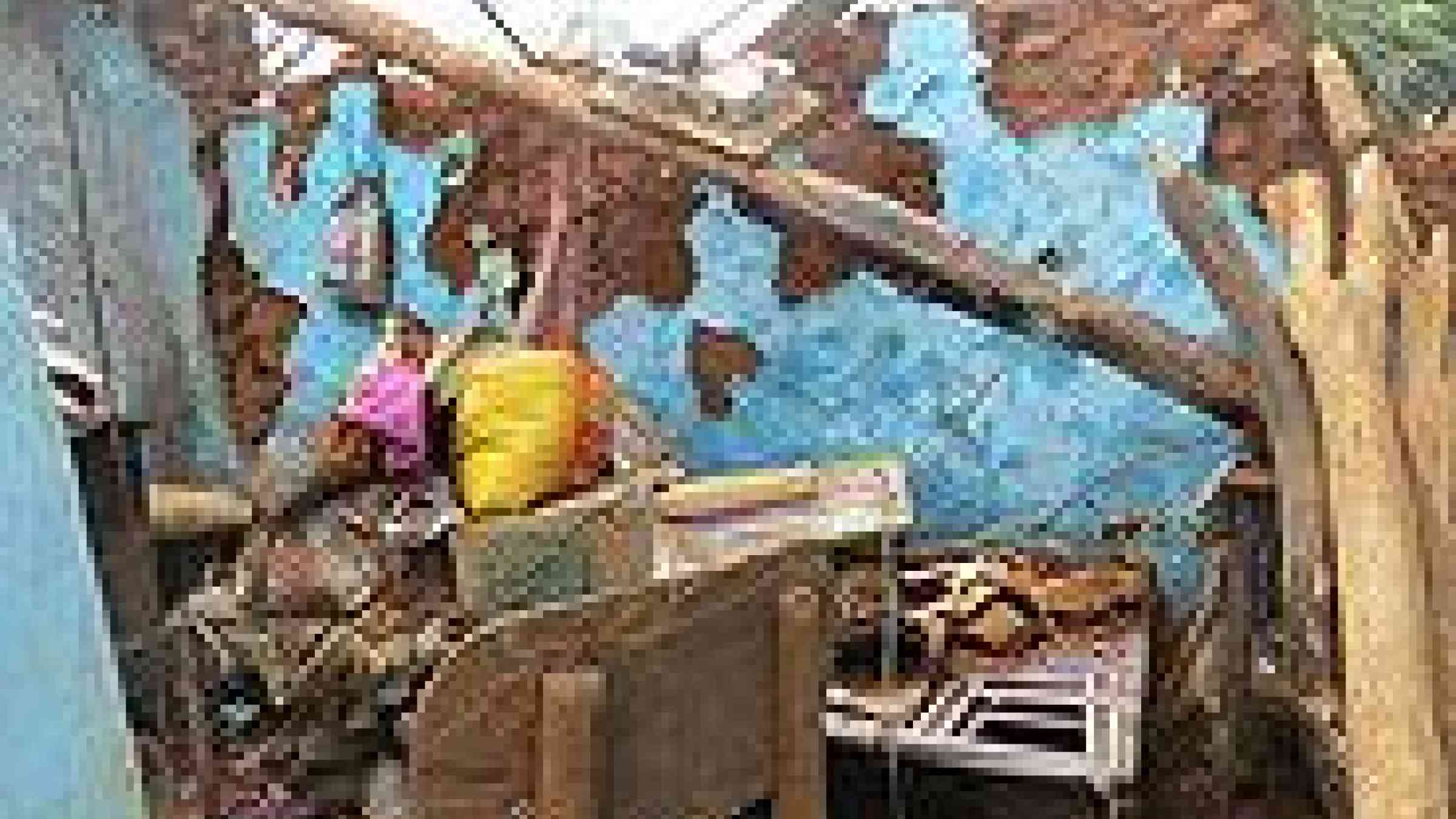India Cyclone: Lives saved but what about livelihoods?

Source: Tearfund - UK
By Oenone Chadburn
This past weekend, the Indian state of Orissa was hit by one of the most powerful cyclones of the past decade.
Extensive damage to homes, agriculture, crops and infrastructure has left twelve districts in the area in utter devastation. But thanks to the preparedness and timely actions of the Indian government, over a million people were evacuated from the area and lives were saved.
Though we mourn any loss of life, we must celebrate that an unusually low number of people were injured or killed. In stark contrast, a similar cyclone in the very same area in 1999 claimed more than 10,000 lives.
Because of smart, concentrated investment and training in disaster risk reduction, funded by the British aid budget, rural villages have been able to build up their resilience to disasters and emergencies. Cyclone Phailin is living evidence of return on investment.
It's an investment that Basudev Behere and his neighbours in the village of Chartiburti in Orissa’s Bhadrak district have reason to be thankful for. Basudev was trained to pass on early warning messages to the villagers about the impending cyclone. This gave them time to move to a designated safe site, a school building, taking food and water with them. As a result there have been no casualties in his village.
With over ten years working in disaster risk reduction under my belt, I am so encouraged by the changes I am seeing on the ground, and that our work alongside the government and vulnerable communities is proving its worth.
There is much to be celebrated, but it is only the beginning.
We will never know how many lives were saved this past weekend, by good planning and smart investment from foreign aid, but what quality of life have they been left with? Is there much of a life left without livelihoods?
As the residents of Orissa leave the shelters and make their way back to their homes and workplaces over the next few weeks, they will find they are poorer and worse off.
High winds have destroyed crops, flooded fields have rendered the land unusable, shops have been destroyed. It will take communities years to recover from this disaster. In our experience, these kind of situations lead to longer term negative decisions. One of the most heartbreaking to hear about is when parents no longer able to send their children to school instead send them to work in the fields or cities, and become more vulnerable to child trafficking and forced migration.
Disaster risk reduction is not just about saving lives, it’s about saving livelihoods too. We have a clear and critical responsibility to address the ‘what next’ question, and plan for recovery as well as rescue.
Some of Tearfund's work in India has helped 5,000 families to prepare for natural disasters, with funding from British aid money. But the UK has agreed with the Indian government that it will end financial aid to the country by 2015. It is important that DFID’s withdrawal does not leave lives and livelihoods at greater risk: ideally the transition gives way to even better strategies for resilience, supported by Indian public finance, and private or other flows.
As well as ensuring that evacuations and planning are done well, the Indian government needs to ensure that communities are equipped to stay afloat after a disaster. The government needs to invest more in employment opportunities, micro-enterprise schemes, free school meals and more to help communities support themselves.
It can be done. I remember visiting one village in Orissa, who were still recovering from the devastation of the 1999 cyclone. Tearfund had been working alongside them to prepare for future disasters and diversify their skills. A women’s self-help group, formed with Tearfund’s help, had set up a thriving chicken-rearing business starting with ten chickens. Their husbands mocked them to begin with, but they soon became impressed when the women generated enough money to expand three times over. The profit they gained enabled them to invest back into their communities, and put a small amount of money away for the event of a disaster. They met nutrition needs in the community, given the village access to cheap eggs, and earned enough money to send their children to school.
In a country of over a billion people, this is a tough job. Even tougher without aid or support from countries like ours. There are more people living below the poverty line in India than in the whole of sub-Saharan Africa, which means the scale of impact of disasters like this one is unprecedented.
The Indian government needs to realign its funding priorities and continue its work with local communities, local government, NGOs and the private sector, to create a cohesive approach to building back better and reducing the impact of disasters in the future. It’s the only way to save both lives and livelihoods.